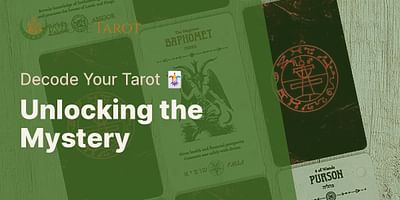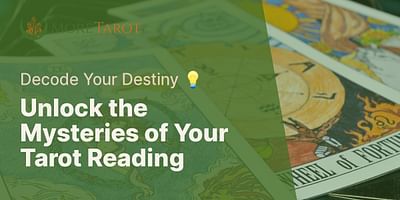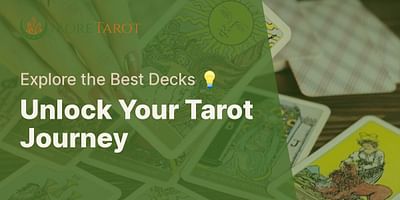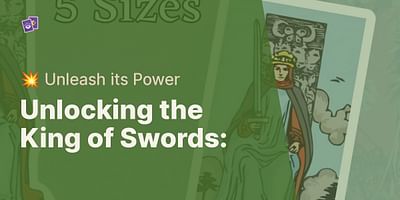Barbara Carter is a respected tarot reader and spiritual advisor with more than two decades of professional experience. She possesses an intricate comprehension of Tarot and its profound symbolism. Barbara is celebrated for her precise and insightful readings, assisting individuals in charting their personal life paths. Beyond her role as a spiritual guide, she is also an accomplished author with several published works on Tarot and spirituality.
Ah, the age-old question of tarot cards versus playing cards! It's a fascinating topic that takes us back through the annals of history. Let's dive in and explore the origins of these mystical and captivating decks.
The history of card games is a tapestry woven with threads of mystery and intrigue. While the exact origins are shrouded in the mists of time, we can trace the roots of playing cards back to ancient China and the Middle East. These early cards were used for various games and had suits similar to the ones we know today: swords, cups, coins, and polo sticks.
Fast forward to the 14th century, and we find ourselves in Europe, where playing cards began to gain popularity. It was during this time that the four suits we are familiar with today—hearts, diamonds, clubs, and spades—emerged. These decks were primarily used for entertainment purposes, with games like poker and blackjack becoming popular in later centuries.
Now, let's turn our attention to tarot cards. The tarot, as we know it, originated in the 15th century in Italy. The earliest known tarot decks were hand-painted and used for playing a game called Tarocchi. These decks consisted of 78 cards, divided into two main sections: the Major Arcana and the Minor Arcana.
The Major Arcana, often referred to as the trump cards, consists of 22 cards that depict powerful archetypal figures and symbolic scenes. These cards hold deep spiritual and psychological significance and are often associated with life's major themes and lessons.
On the other hand, the Minor Arcana consists of 56 cards divided into four suits: Wands, Cups, Swords, and Pentacles. These cards reflect the everyday experiences and challenges we encounter in our lives.
So, to answer the question, tarot cards actually predate playing cards by a few centuries. While playing cards were being enjoyed in Europe, tarot cards were being used for divination and spiritual exploration. Over time, the tarot evolved from a simple card game into a powerful tool for self-reflection, guidance, and insight.
It's important to note that while tarot cards and playing cards share a common ancestry, they serve different purposes. Playing cards are primarily used for games and entertainment, while tarot cards are a window into the realms of the subconscious and the mysteries of the universe.
Whether you're drawn to the rich symbolism of the tarot or the thrill of a good card game, both decks have their own unique magic. So, whether you're seeking guidance or looking for a fun way to pass the time, the world of cards has something to offer everyone.
At More Tarot, we delve deep into the history, symbolism, and interpretations of tarot cards. Our comprehensive guides and insightful articles are designed to help you understand the tarot on a profound level. So, grab a cup of tea, shuffle your deck, and embark on a journey of self-discovery with the tarot as your guide.















